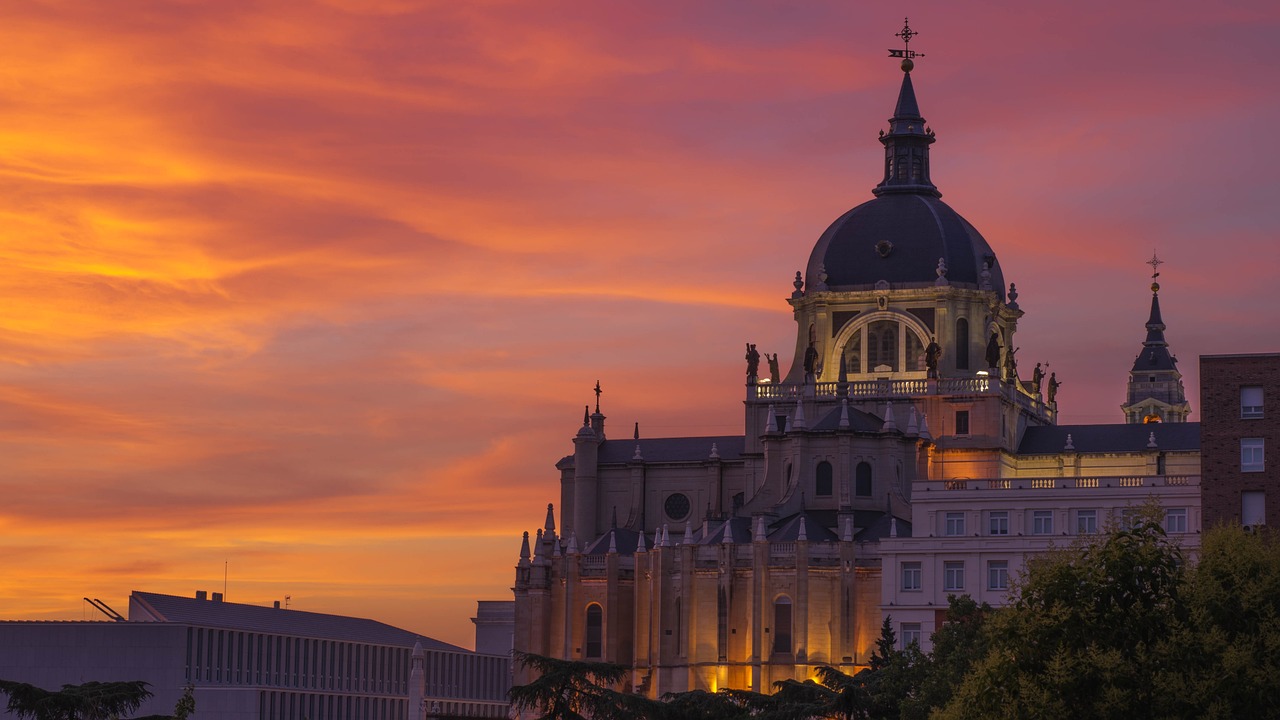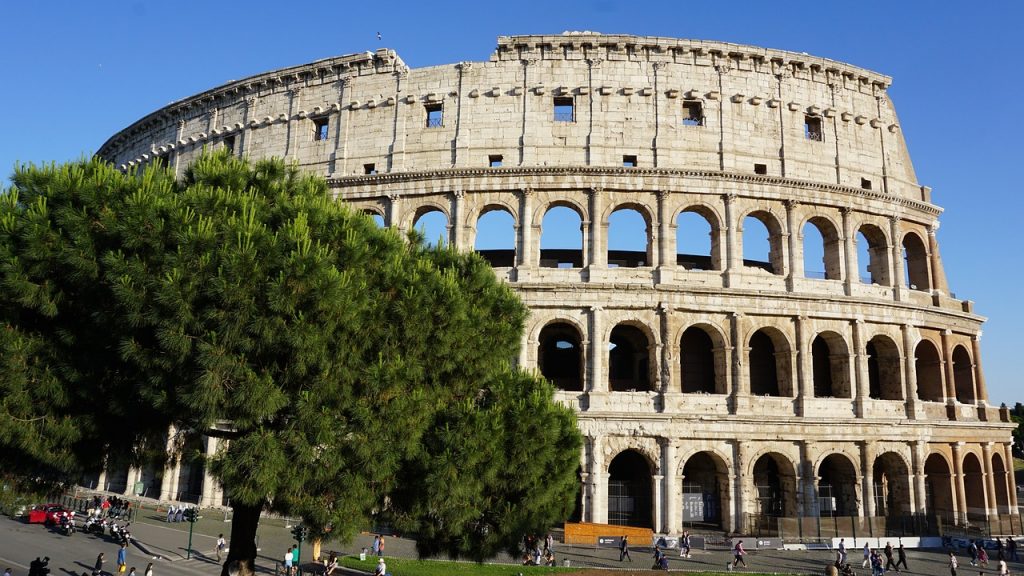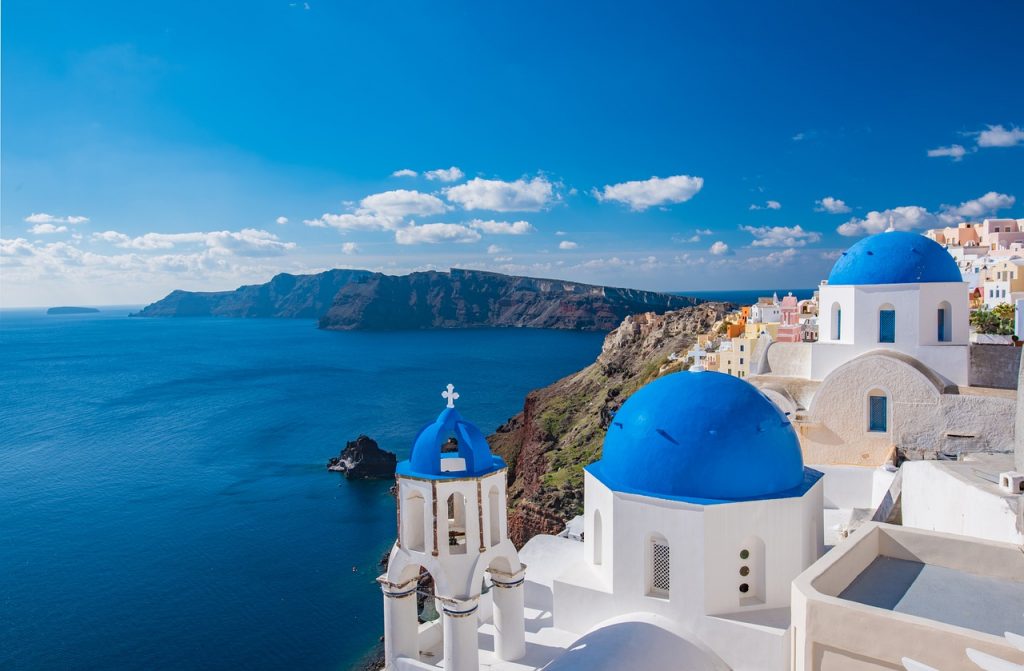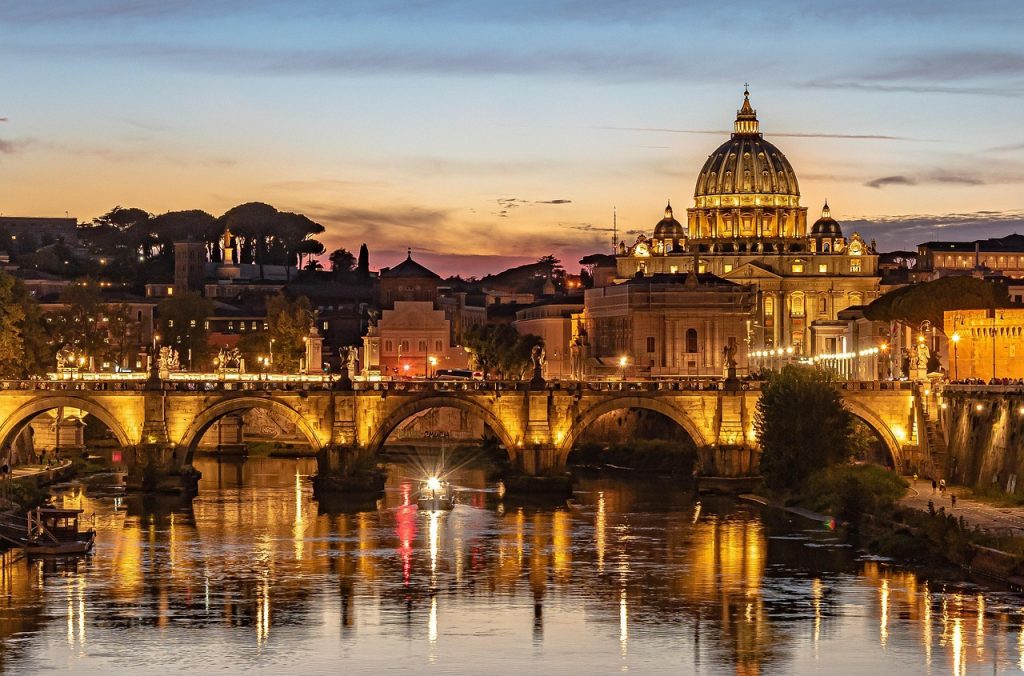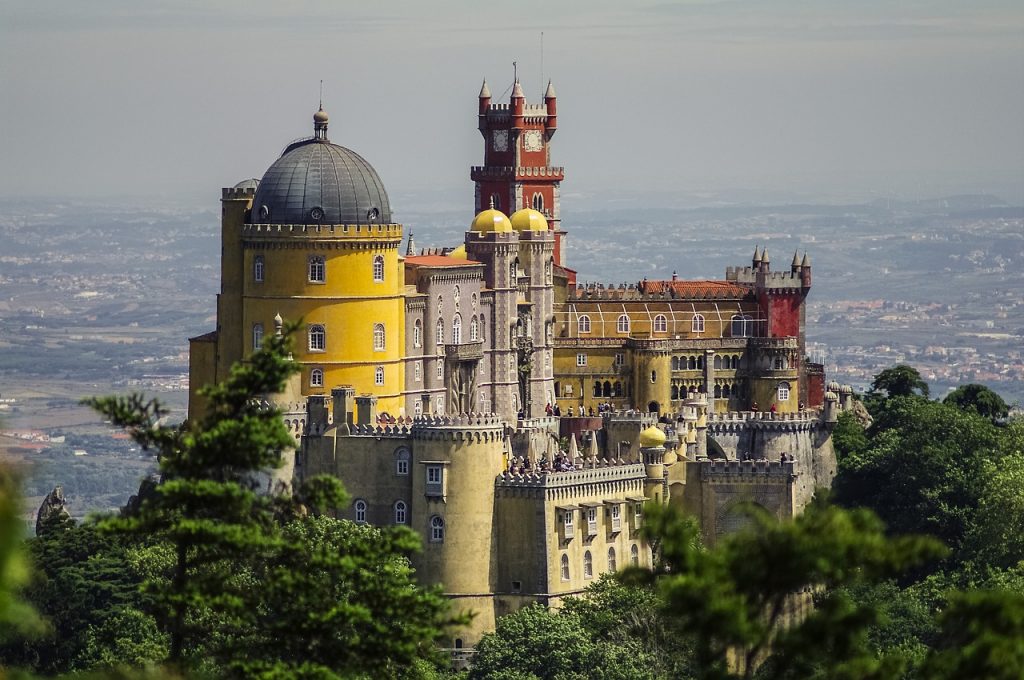Spain is a land of diverse landscapes, rich history, and vibrant culture. It provides travelers with a plethora of experiences to choose from. But pinpointing the best time to visit Spain requires careful consideration of various factors.
The weather, crowds, and desired experiences can all affect when is the best time to go to Spain. As you explore below, make sure your interests are at the top of your evaluation.
Visiting Spain based on the Weather
Spain’s weather can greatly influence your travel experience. Spring (April to June) and fall (September to October) are generally considered the best seasons to visit. During these months, temperatures are comfortable, making it enjoyable to explore cities, coastal towns, and countryside.
Spain is known for its diverse landscapes and climates. It experiences a variety of seasonal weather patterns. Here’s a description of the seasonal weather in Spain:
1. Spring (March to May):
- Spring temperatures in Spain can range from 50°F (10°C) to 72°F (22°C).
- Spring is a delightful season with mild temperatures and blooming flowers. It’s an excellent time for cultural exploration and outdoor activities.
2. Summer (June to August):
- European summers vary, but in Spain, temperatures can range from 68°F (20°C) to 95°F (35°C) or higher.
- Summers are hot and sunny, especially in central and southern Spain. Coastal areas offer relief from the heat. It’s the peak tourist season for beachgoers.
- The summer temperatures along the coast can elevate the humidity as well.
3. Autumn (September to November):
- Autumn temperatures range from 59°F (15°C) to 77°F (25°C).
- Autumn brings pleasant weather, perfect for wine tours, hiking, and enjoying fall foliage in northern regions.
- This could easily be the best time to visit Spain. Plan for layers as you approach the evening hours. The cooler evening could easily demand a jacket.
4. Winter (December to February):
- Spanish winters can be mild, with temperatures ranging from 41°F (5°C) to 59°F (15°C) in many regions.
- Coastal areas have mild winters, while inland regions, especially in the north, may experience colder temperatures and even snowfall.
- Of course the mountain regions will be colder and get plenty of snow for winter activities.
Other Weather-Related Factors:
- Rainfall: Spain experiences varied rainfall patterns. Northern regions, like Galicia and the Basque Country, have higher rainfall throughout the year. Southern regions, such as Andalusia, tend to be drier, with occasional heavy rain during the fall and spring.
- Sierra Nevada: The Sierra Nevada mountain range in southern Spain offers excellent skiing conditions in the winter months.
Avoiding Extreme Weather:
- Summer Heat: If you’re sensitive to high temperatures, plan your visit to southern Spain during the shoulder seasons (spring and autumn) to avoid the scorching summer heat.
- Rainy Seasons: While Spain doesn’t have a distinct rainy season, regions in the north may experience more rainfall in the fall and winter. Be prepared for occasional wet weather in these areas.
In summary, the best time to visit Spain depends on your preferences for weather and activities. Summer is popular for beach vacations, while spring and autumn offer mild temperatures and are great for sightseeing and outdoor adventures. Winter is ideal for skiing in the mountains. Be mindful of the specific regions you plan to visit, as Spain’s climate varies from one area to another.
Visiting Spain based on the Crowds
To relish Spain’s treasures without the crowds, consider planning your visit during the shoulder seasons mentioned above. These times offer a more relaxed atmosphere, allowing you to appreciate iconic landmarks and local gems with fewer tourists around.
Discovering Spain’s Cultural Experiences
Immersing yourself in Spanish culture is a highlight of any visit. Attend local festivals, savor traditional cuisine, and embrace the warmth of Spanish hospitality. Flamenco performances, local fiestas, and regional markets offer authentic glimpses into the country’s vibrant traditions. Here are some annual events that may enhance your exploration in Spain:
- Semana Santa (Holy Week): Held during the week leading up to Easter, Semana Santa is one of Spain’s most significant religious and cultural events. Cities across the country, particularly Seville and Malaga, come alive with elaborate processions, religious rituals, and traditional music.
- Feria de Abril (April Fair): Taking place in Seville two weeks after Semana Santa, the Feria de Abril is a lively and colorful celebration of Andalusian culture. The fair features traditional flamenco dancing, horse parades, and vibrant casetas (tents) where locals and visitors gather to dance, eat, and socialize.
- La Tomatina: Held on the last Wednesday of August in the town of Buñol, La Tomatina is a world-famous tomato fight festival. Participants from around the world engage in a friendly food fight, creating a spectacular and messy spectacle.
- La Mercè Festival: Barcelona’s biggest street festival, La Mercè, takes place in September. It features a mix of traditional and contemporary events, including street parades, concerts, fireworks, and Catalan cultural displays.
- Las Fallas: Valencia’s Las Fallas festival, held in March, is a week-long celebration featuring impressive, larger-than-life sculptures made of papier-mâché. The festival concludes with the “La Cremà” event, where the sculptures are set on fire in a dazzling display of art and spectacle.
- Feria de Málaga: The Feria de Málaga, held in August, is a festive event that celebrates the city’s cultural heritage with flamenco music, dance, bullfighting, and traditional Andalusian attire.
- Running of the Bulls (San Fermín): Held in Pamplona in July, the Running of the Bulls is a thrilling and iconic event where participants run alongside a group of charging bulls through the streets. It’s part of the San Fermín festival, which also includes music, dancing, and religious processions.
- Carnaval de Santa Cruz de Tenerife: The Carnival of Santa Cruz de Tenerife, held in February, is one of the most famous carnivals in the world. It features colorful parades, elaborate costumes, and lively street parties.
- Flamenco Festivals: Various cities in Spain host flamenco festivals that celebrate this iconic art form. These festivals showcase flamenco performances, dance competitions, and workshops.
- La Castañada: Celebrated in Catalonia around Halloween, La Castañada is a festival that honors the deceased with traditional foods like roasted chestnuts and sweet potatoes.
These annual cultural events provide an incredible opportunity to immerse yourself in Spanish culture, witness local traditions, and experience the country’s lively atmosphere. Be sure to plan your visit accordingly to coincide with these unique and memorable celebrations.
Other Important Considerations:
- Siesta: Keep in mind the Spanish siesta tradition. Many businesses and shops close for a few hours in the afternoon, which is a great time to rest or enjoy a leisurely meal.
- Fiestas: Research regional fiestas and holidays that might coincide with your travel dates. Witnessing a local festival can provide a unique and immersive cultural experience.
In conclusion, determining the best time to visit Spain depends on your preferences and the experiences you seek. Whether you’re drawn to historical sites, vibrant festivals, or savoring authentic Spanish cuisine, the country offers something for every traveler.
By evaluating these factors, you’ll be well-prepared to embark on a memorable Spanish adventure that suits your interests and desires.

